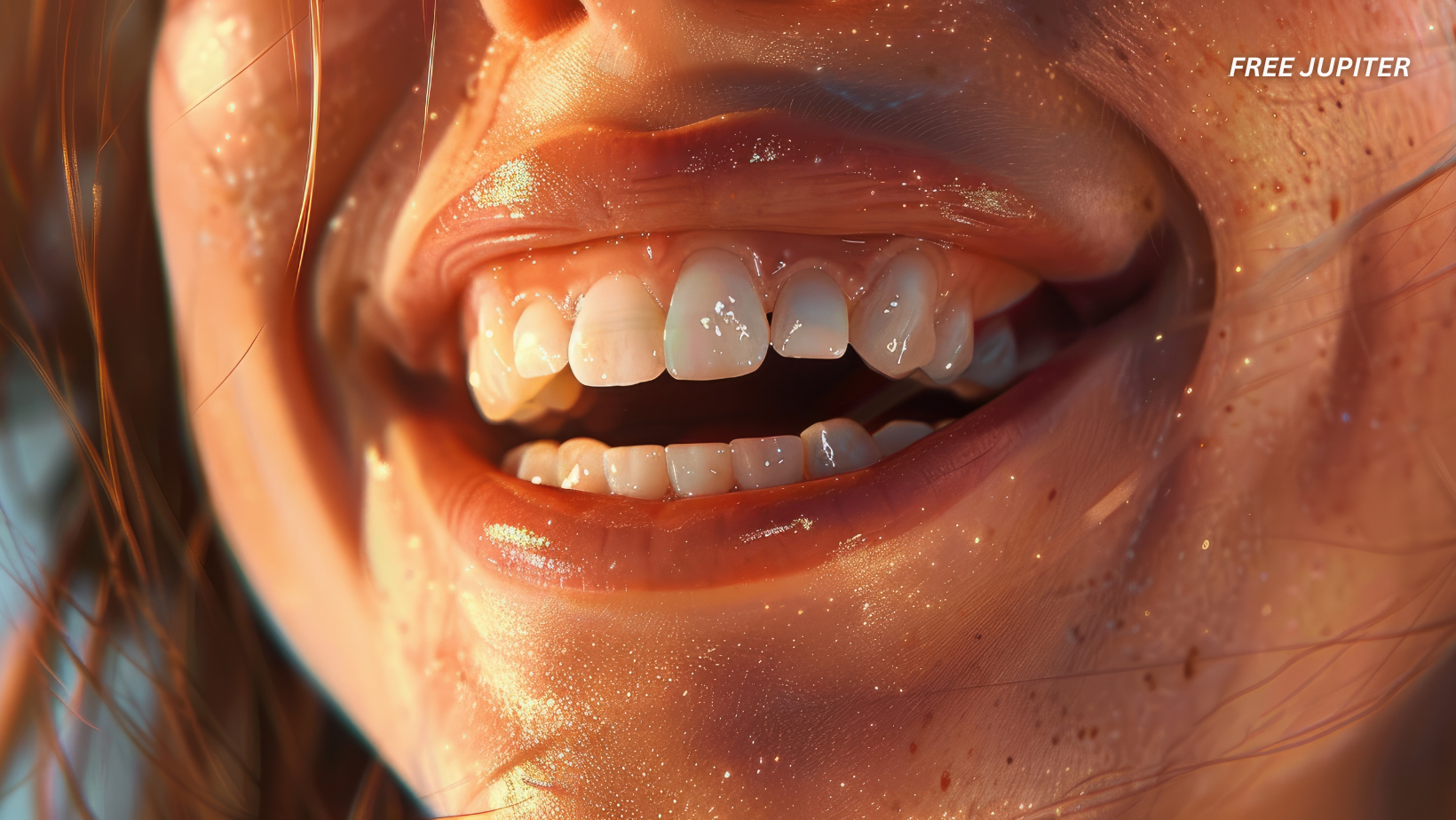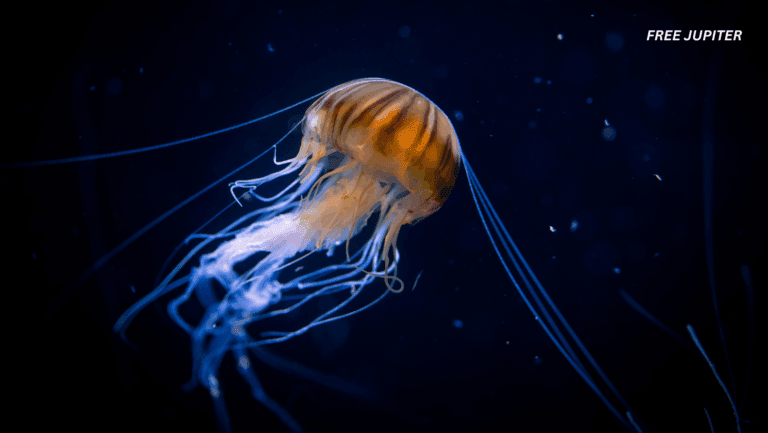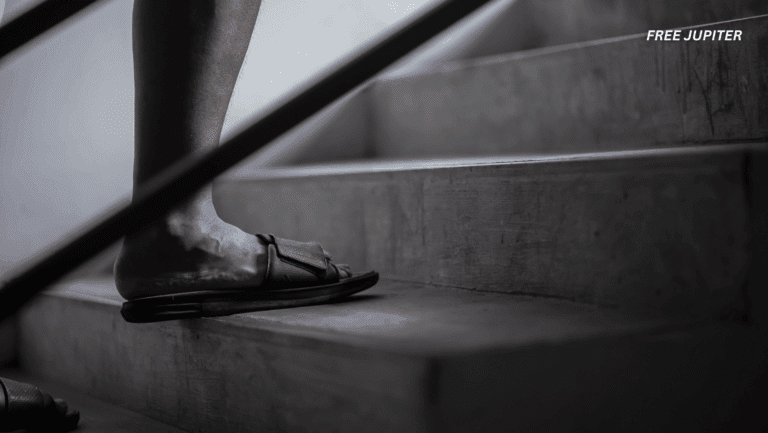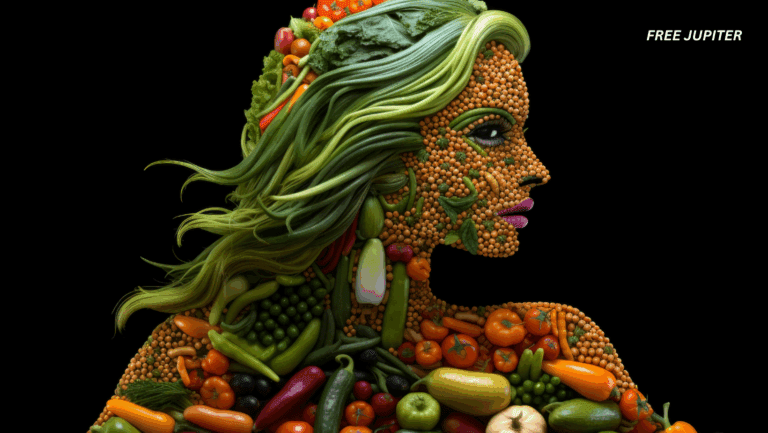Friendly Note: FreeJupiter.com shares general info for curious minds 🌟 Please fact-check all claims—and always check health matters with a professional 💙
We tend to think of evolution as something that happened long ago, shaping dinosaurs into birds or apes into early humans. But evolution isn’t just a relic of the past—it’s still happening right now, sometimes in the most unexpected places.
Take your mouth, for instance.
That awkward trip to the dentist to get your wisdom teeth yanked? The years spent wearing braces? The oddly persistent issue of overcrowded teeth? They’re all part of a much bigger story—one that’s been unfolding for millennia, and it’s still being written today. In short: humans are still evolving, and one of the clearest signs is hiding right behind your lips.
A Bite-Sized History of Human Teeth
Once upon a prehistoric time, our ancestors had jaws like power tools. Strong, wide, and capable of chomping through roots, raw meat, and whatever else the wild threw their way. A full set of 32 teeth—including wisdom teeth—was a survival must. No blenders. No stovetops. No utensils. Their teeth were their tools.
These weren’t just helpful; they were essential. Third molars, or wisdom teeth, gave early humans extra grinding power for tough meals. And their larger jaws had plenty of room to fit them in comfortably.
But life has changed. We’ve swapped raw mammoth for mashed potatoes. Today’s meals are soft, processed, and politely pre-cut. The harsh chewing challenges of the past are long gone, and with them, the need for heavy-duty jaws.
Read more: Even After You Lose Weight, Your Fat Cells Retain A Special Memory Of Being Obese
Jaws Are Shrinking—But Teeth Aren’t
This shift in diet didn’t go unnoticed by evolution. As the demand for strong chewing tools diminished, human jaws gradually became smaller. But here’s the catch: our teeth didn’t shrink at the same pace. That’s where the trouble starts.
Smaller jaws with full-sized teeth? That’s a recipe for crowding. Overlapping teeth, underbites, overbites, impacted wisdom teeth—it’s a dental domino effect. Which is exactly why modern orthodontics is so busy.
Your great-great-great-grandparents likely never saw a dentist. Their diets helped them develop broader jaws with space to spare. But today? It’s rare to find a teen who hasn’t had a close encounter with braces.
Softer Food, Smaller Faces
Researchers now believe that our modern, ultra-processed diet isn’t just changing what we eat—it’s physically reshaping our skulls.
In societies where people still eat tough, fibrous, chewy foods—like the Hadza in Tanzania—dental crowding is rare. Their children develop broader jaws with room for every tooth. But in urbanized areas where food is soft, pre-cooked, and spoon-ready, narrow jaws and crowded smiles are the norm.
It’s not just what we eat, but how we eat that’s shaping our evolution.
The Wisdom Tooth Exit Strategy
Of all the teeth being phased out, wisdom teeth are leading the charge.
Once vital molars for grinding raw, coarse food, wisdom teeth have become more trouble than they’re worth. For most people today, they show up late (usually in the late teens or early twenties), often causing pain, infections, or crowding. So we pull them.
But here’s where it gets wild: some people are now skipping the pain entirely because their wisdom teeth never grow in at all. Not late. Not early. Not ever.
And this isn’t a random fluke. It’s genetic evolution in real time.
Read more: Researchers Find Musicians Brain Is Still ‘Composing’ Music Years After Death
The Genetic Puzzle Behind Missing Teeth
Scientists have discovered that specific genes—such as PAX9 and MSX1—play a key role in tooth development. Mutations or changes in these genes can prevent certain teeth from forming altogether.
In fact, an estimated 20% to 35% of people around the world are now born without wisdom teeth. And in some populations, like Indigenous Mexicans and Arctic communities such as the Inuit, that number is even higher. This isn’t by accident—it’s natural selection at work.
Why grow something that’s just going to cause trouble? If your body doesn’t need it, evolution tends to let it go.
It’s the same principle behind why we no longer have tails or thick body hair. And wisdom teeth? They’re on that evolutionary chopping block.
What Else Could We Lose?
Losing wisdom teeth is just the beginning. If soft diets and modern medicine continue to take pressure off our jaws, it’s possible we could evolve to have fewer molars overall—or even smaller teeth across the board.
Some scientists predict that future humans may end up with only 28 teeth instead of the current 32. Others suggest our facial bones could also change shape, creating narrower faces and even more streamlined jaws.
Think of it as nature’s way of decluttering. If we no longer need all those molars, why keep them?
Evolution Meets Innovation
Of course, evolution doesn’t operate in isolation. Our technology and lifestyle habits play a huge role in shaping how our bodies change.
In the past, losing teeth could be life-threatening. Today, it just means a trip to the dentist. With dental implants, braces, and even lab-grown teeth on the horizon, modern medicine is changing the rules of the evolutionary game.
In fact, scientists are already working on regenerative dental treatments—like growing new teeth from stem cells. If that technology becomes mainstream, the pressure to keep our natural teeth might decrease even further.
Imagine a future where you don’t just fix a chipped tooth—you grow a brand-new one. In that world, who needs wisdom teeth anyway?
A Glimpse Into the Future Mouth
So where is this all headed?
Probably not to a completely toothless future—at least, not anytime soon. But we are likely to see mouths with fewer teeth, more streamlined dental arrangements, and perhaps even fewer dental issues—especially if evolution and technology keep working hand in hand.
What we can say for certain is this: evolution hasn’t stopped. It’s quietly doing its job behind the scenes, adapting us to the lives we lead and the food we eat.
Teeth are just one example. But they’re an especially revealing one—because they show that even something as personal and everyday as your smile is shaped by thousands of years of slow biological change.
Read more: Scientists Successfully Create Healthy Fertile Mice Using Two Male Parents
The Mouth as a Mirror of Evolution
It’s easy to overlook the role evolution still plays in our lives. But your teeth? They’re practically flashing a neon sign that says, “We’re still evolving!”
From shrinking jaws to disappearing molars, human beings are gradually reshaping themselves to better suit the comforts of modern life. Our ancestors had jaws like battle axes. We have mouths better suited for avocado toast and oat milk lattes.
So the next time you’re flossing or wincing at your dental bill, remember this: you’re not just dealing with plaque. You’re participating in a grand evolutionary experiment—one that started millions of years ago and is still unfolding, one missing molar at a time.
Disclaimer: The information in this article is for general informational purposes only and is not medical advice. We are not doctors, and this website is run as a family hobby project. Always consult a qualified healthcare professional before making decisions about your health. Please fact-check any claims and use this content as a starting point, not a substitute for professional guidance.










